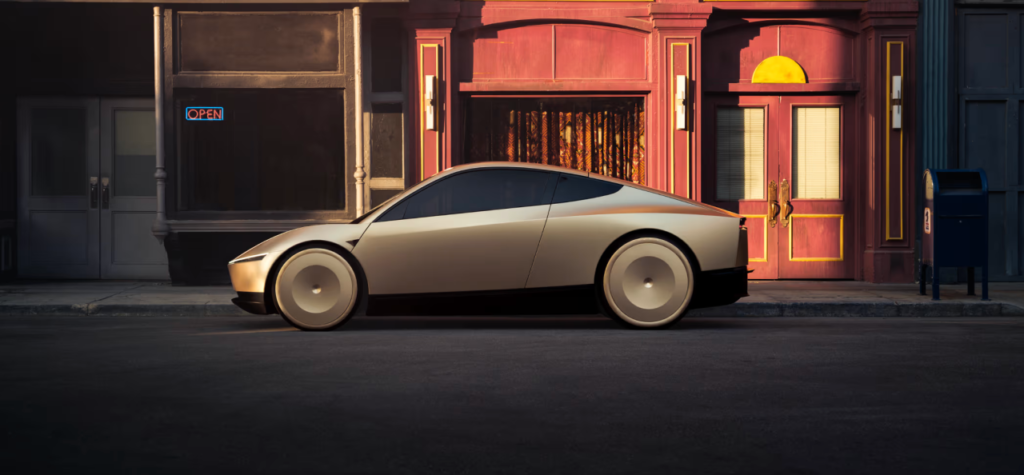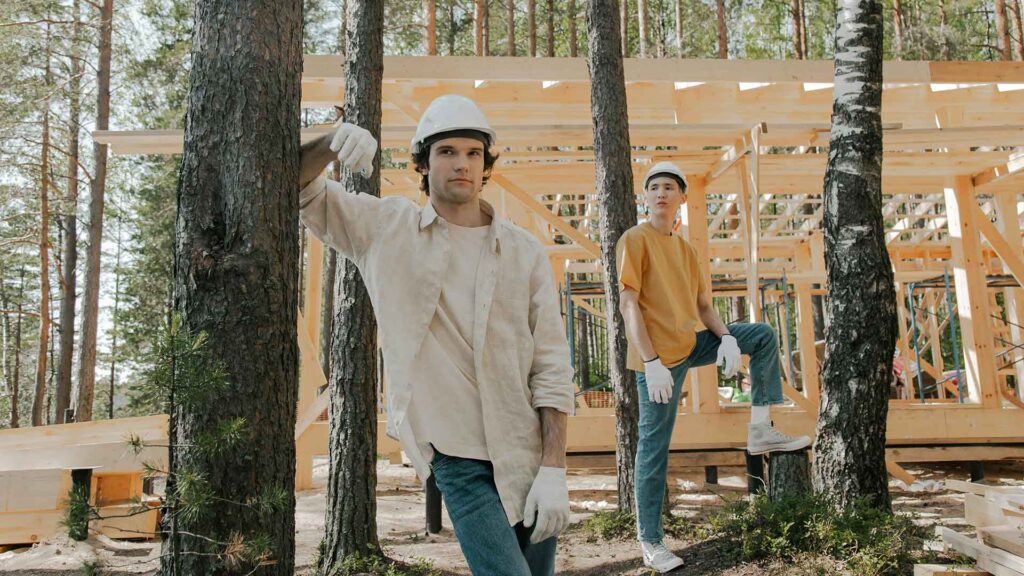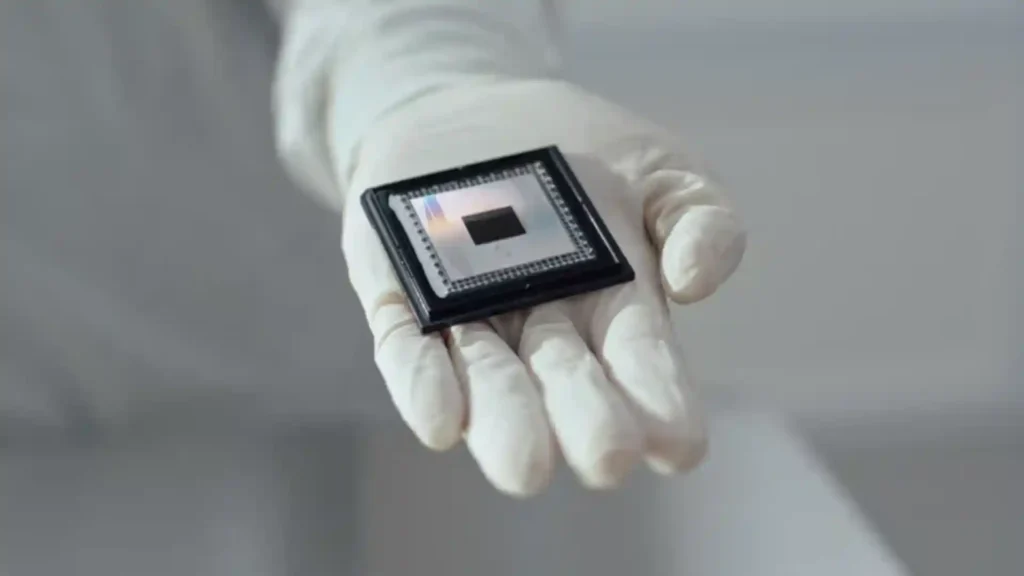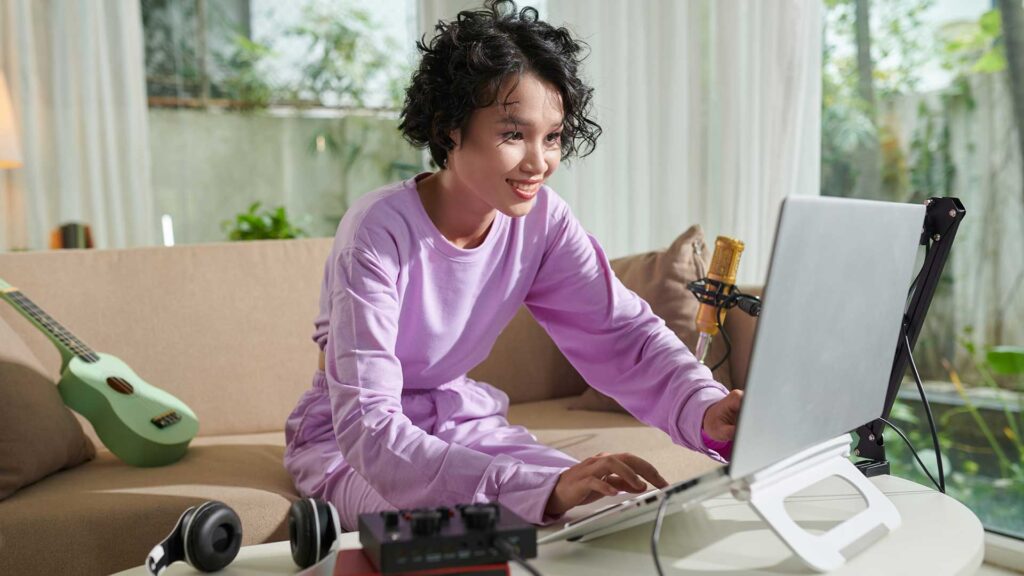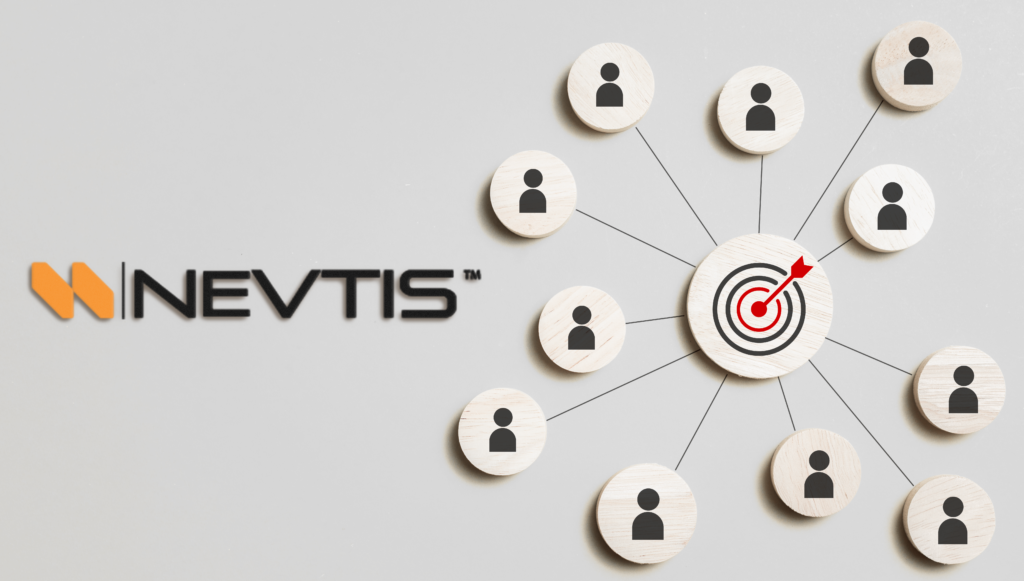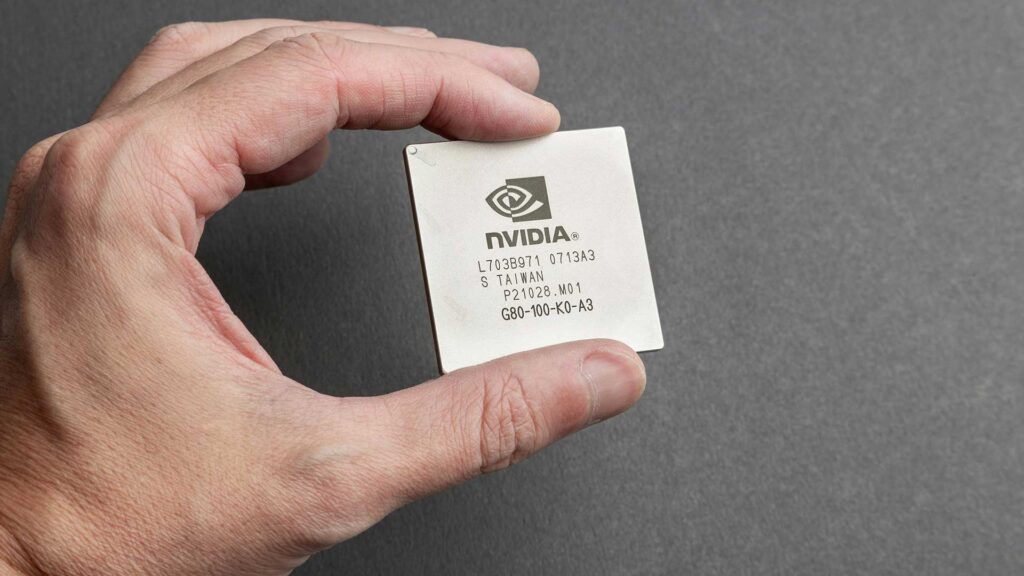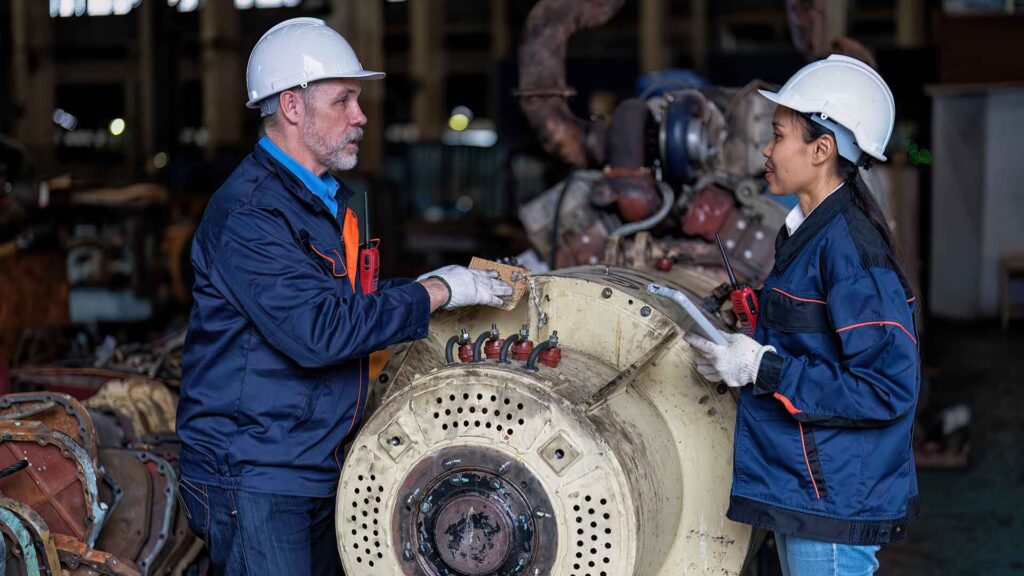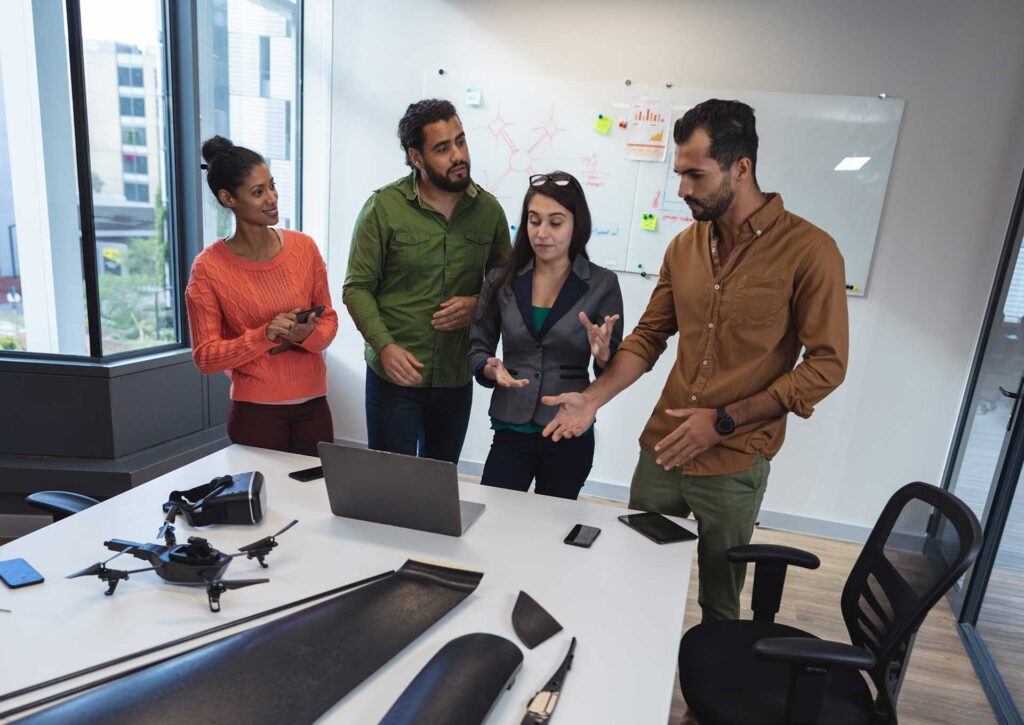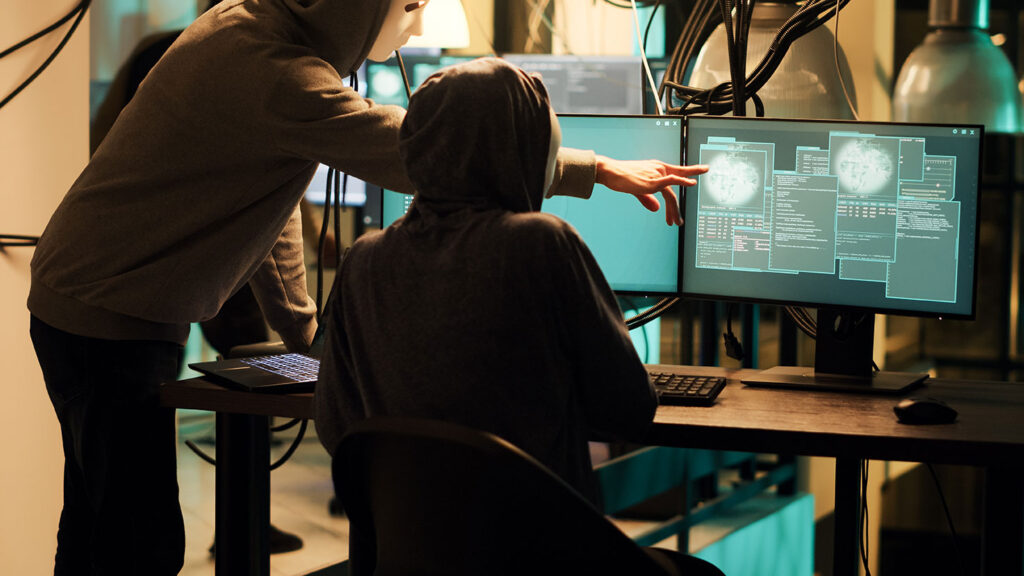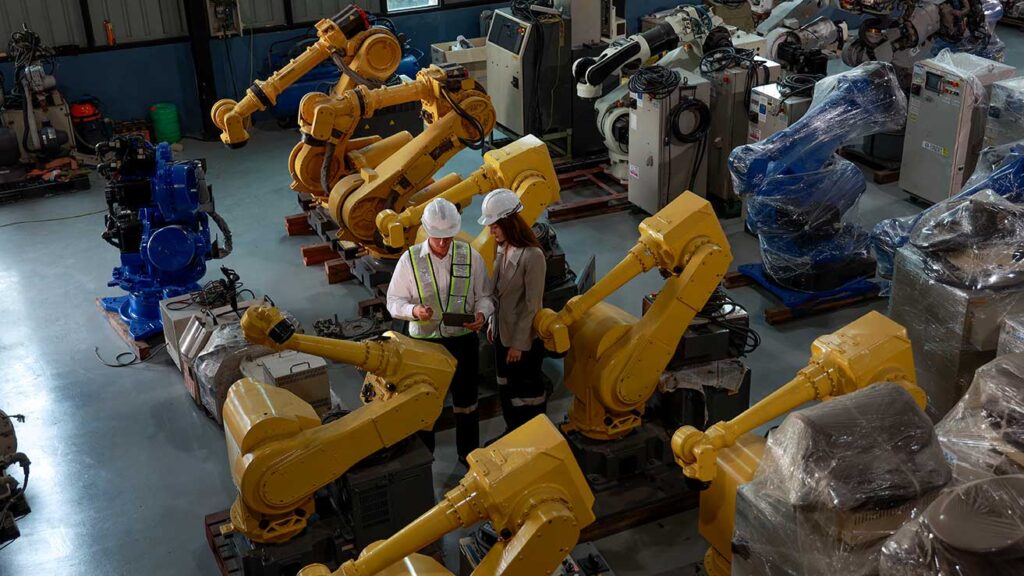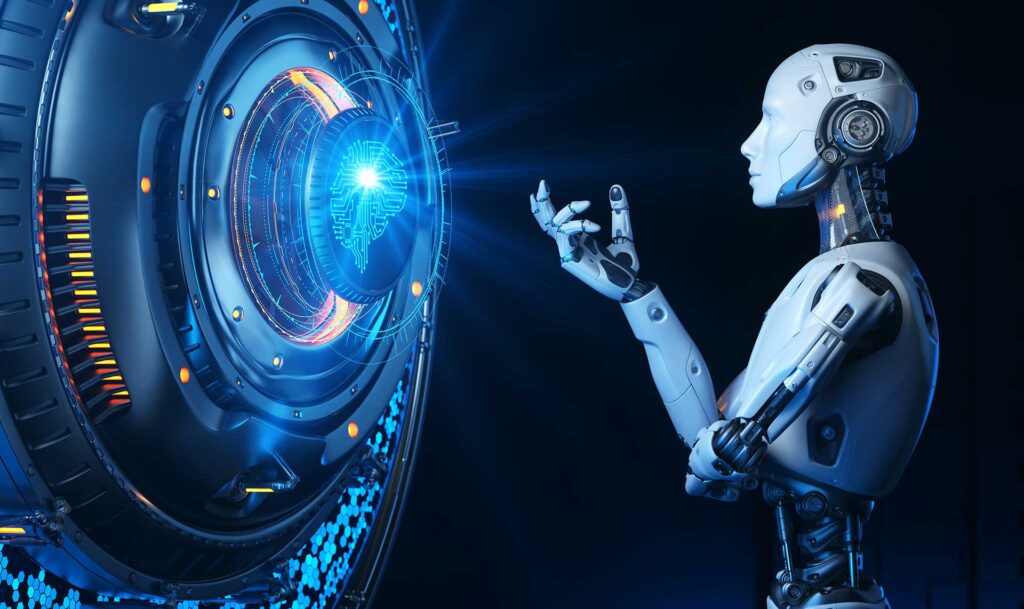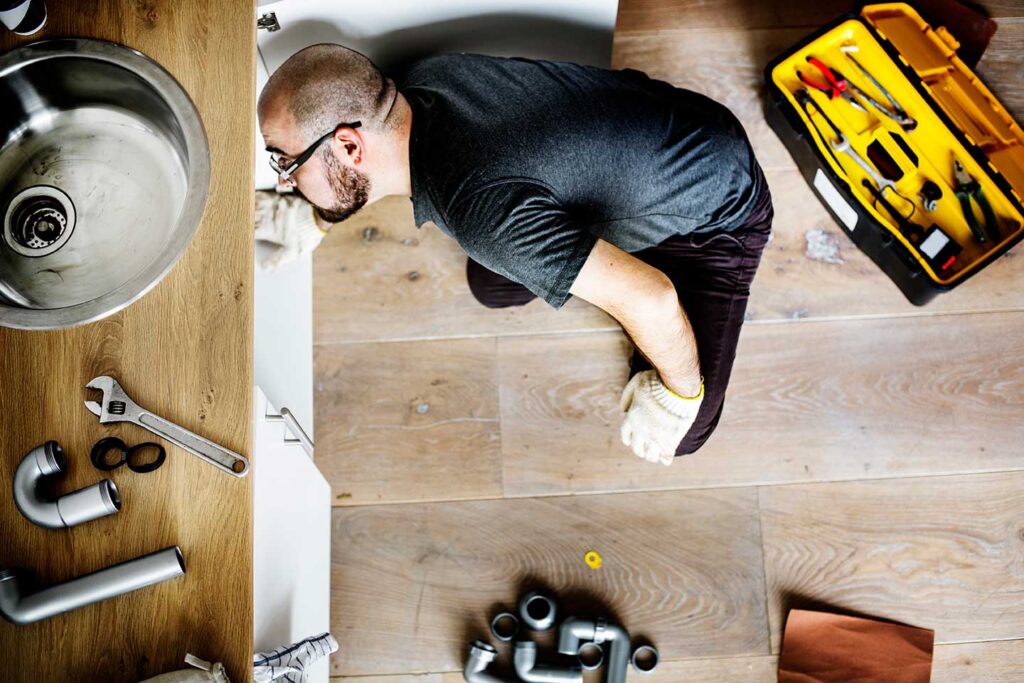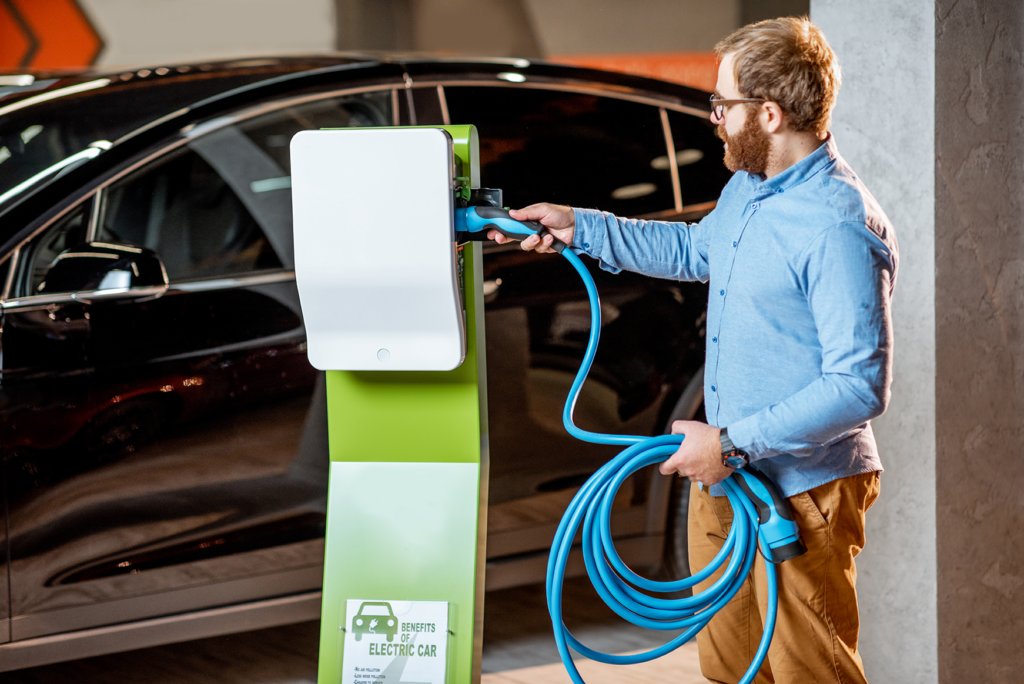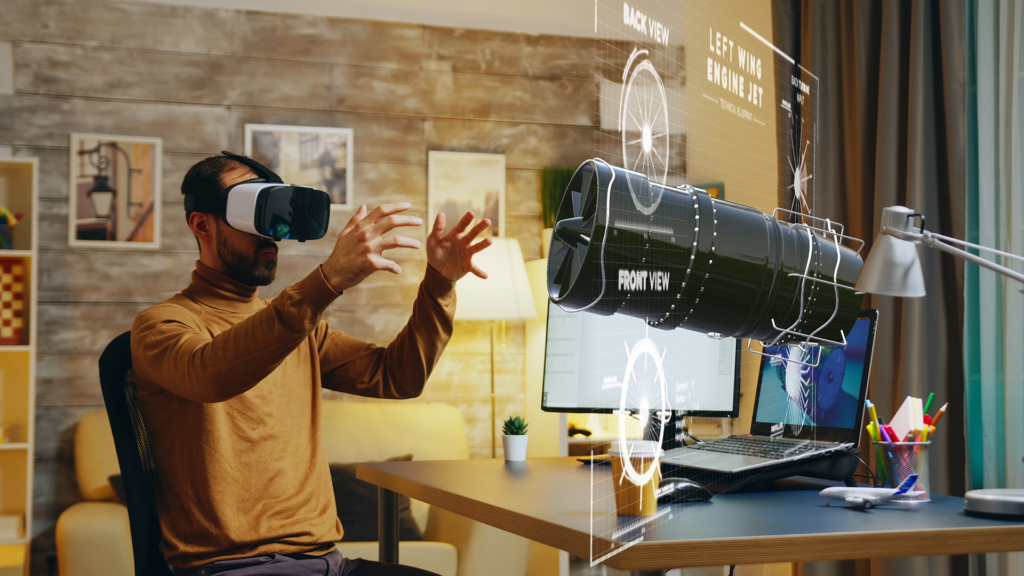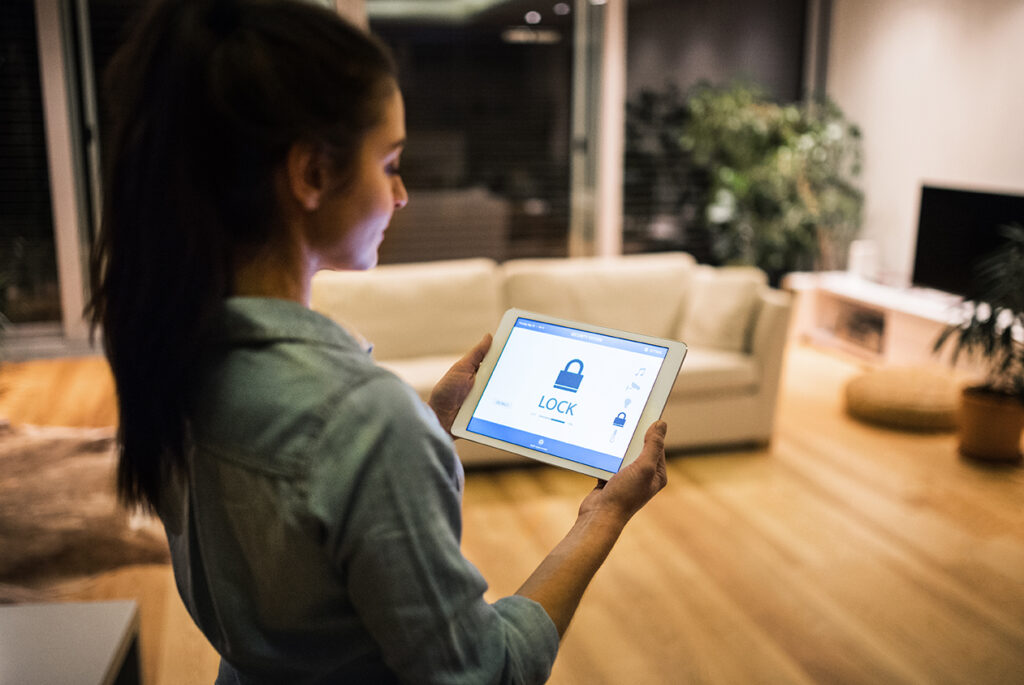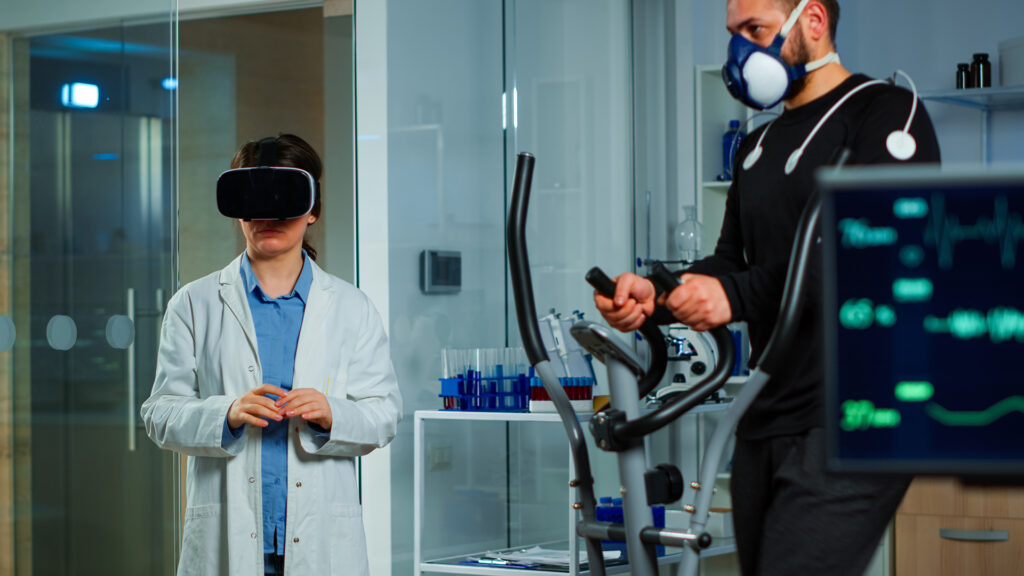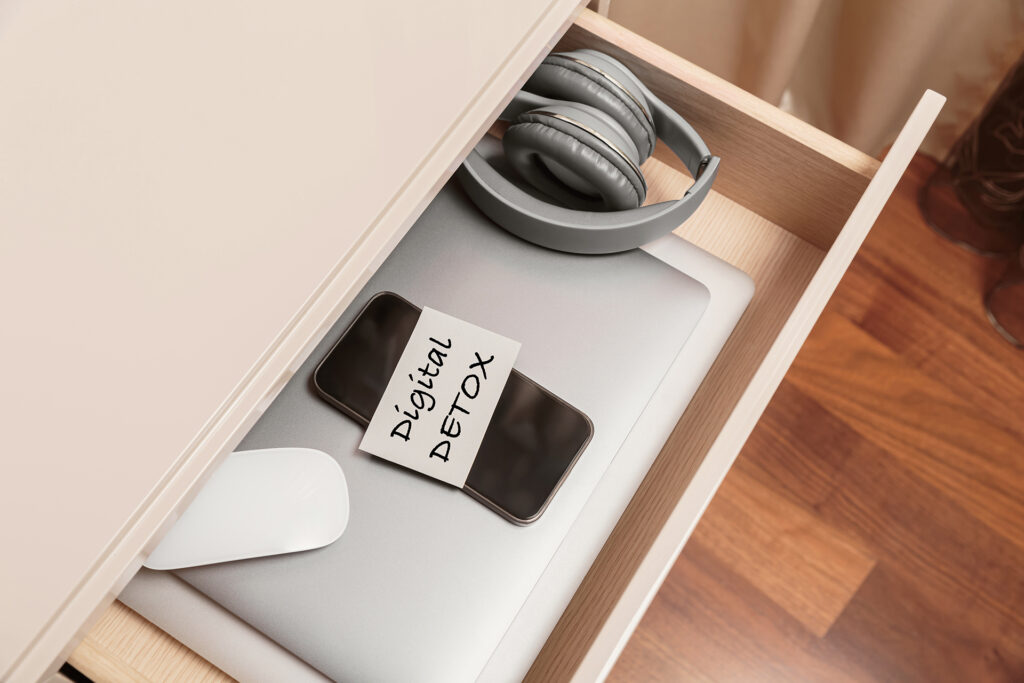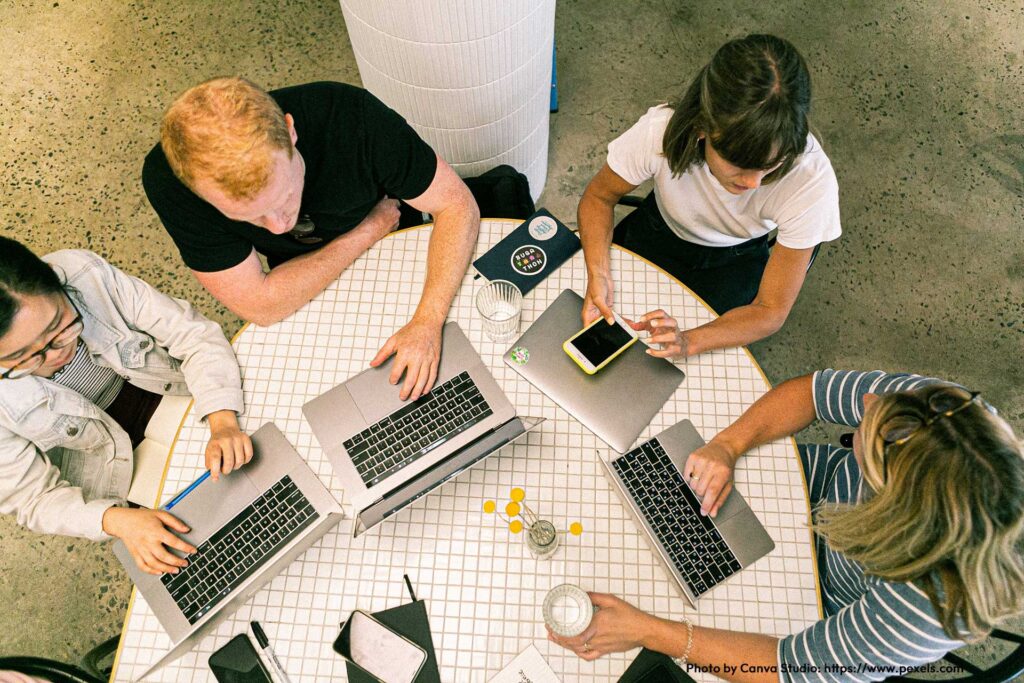Introducing the 1X Neo: The First Advanced Humanoid Home Robot
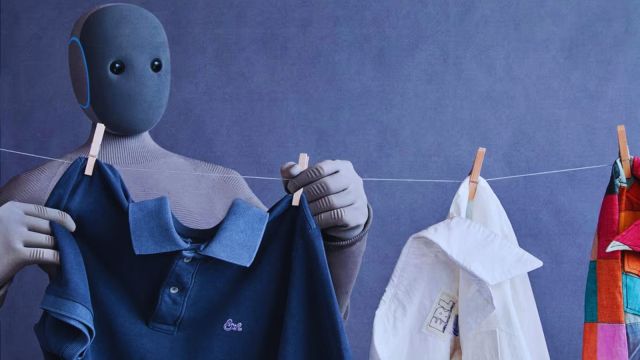
The Future Is Stepping Into Your Living Room
For decades, the promise of having a robot assistant at home has lived mostly in science fiction — from The Jetsons’ Rosie to Iron Man’s J.A.R.V.I.S. But that futuristic dream is inching closer to reality with the introduction of the 1X Neo, a cutting-edge humanoid robot built to perform household chores, assist with daily tasks, and seamlessly integrate into human environments.
Developed by 1X Technologies, a robotics company backed by OpenAI’s founders, the Neo represents a significant leap in both AI capability and robotic design. It’s not just a machine that moves; it’s a learning, adaptive assistant designed to coexist safely and productively in our homes.
So, why does this matter now? Because Neo isn’t a prototype for research labs — it’s being marketed to consumers, marking one of the first times an advanced humanoid robot is entering the home space at a semi-accessible price point.
The Design and Technology Behind 1X Neo
At first glance, the 1X Neo looks remarkably human. Standing at around 165 cm (5’5”) tall and weighing about 60 kg (132 lbs), it’s compact enough to navigate through household environments yet strong enough to perform physically demanding tasks. Its sleek white shell and minimalist design reflect a blend of form and function — approachable yet futuristic.
Under the hood, Neo combines advanced AI software with a network of motors, cameras, and sensors that allow it to perceive its environment and perform complex movements. Its vision system uses multiple cameras for depth perception, while LIDAR sensors help it move around obstacles with precision.
Equipped with quiet servo motors, Neo moves smoothly and with an almost human grace — opening doors, handling fragile objects, and even maintaining balance while climbing stairs. Safety is a priority; the robot’s AI continuously monitors its surroundings to avoid collisions or unsafe actions, ensuring a calm and controlled presence in the home.
What Tasks the 1X Neo Can Perform
The Neo isn’t a novelty; it’s built for work. Designed as a household assistant, it can handle common chores such as washing dishes, folding laundry, and tidying up rooms.
Thanks to its mobility features, Neo can walk, bend, crouch, and even navigate stairs — a crucial improvement over traditional robotic vacuums or stationary assistants. Its hands are dexterous enough to open doors, carry groceries, and lift objects up to 25 kg (55 lbs).

While it’s not meant to replace human caregivers or perform highly specialized tasks yet, its practical functionality makes it a strong first step toward truly autonomous domestic robotics.
The Role of Human Assistance: “Human-in-the-Loop” Strategy
Unlike fully autonomous robots that rely solely on AI, the 1X Neo employs what its developers call a “Human-in-the-Loop” approach. This means that while Neo operates independently most of the time, remote human operators (teleoperators) can step in when the robot faces unfamiliar situations or complex tasks.
These teleoperators help guide Neo in real time, allowing it to learn from human input and improve its problem-solving skills. The model provides both flexibility and safety — ensuring that Neo doesn’t make costly or dangerous mistakes.
From a privacy standpoint, owners have control over when and how human assistance is activated, and all data transmissions are encrypted. The company emphasizes transparency and user control, allowing homeowners to feel comfortable having an intelligent machine — and occasionally a remote human — active in their personal space.
Availability and Pricing
For those eager to bring Neo home, pre-orders are now open. The price starts at around $20,000, a figure that positions it between a luxury appliance and an early-adopter tech investment.
1X also plans to offer a subscription model, allowing users to lease Neo or pay for ongoing updates and teleoperator support. Delivery for early adopters is expected in mid-2026, with availability beginning in North America and select European regions.
Implications for the Future of Home Robots
The 1X Neo is more than just a household helper; it represents a new era in human-robot collaboration. While its current capabilities are impressive, there are still limitations — battery life, learning adaptability, and cost being key hurdles.
However, Neo’s introduction signals how AI and robotics are converging toward practical applications. With companies like Tesla (Optimus), Figure AI, and Agility Robotics developing similar platforms, the race to create the first truly autonomous home robot is accelerating.
For consumers, Neo offers a glimpse of what’s to come — an era where robots not only clean our homes but also understand context, preferences, and emotions. For society, it raises important ethical questions: How much should we rely on machines for care and companionship? How do we ensure safety, privacy, and equitable access to such technologies?
Conclusion: The Beginning of a New Domestic Revolution
The 1X Neo stands at the intersection of ambition and innovation — a tangible step toward a world where robots coexist naturally with humans. It may not yet be the perfect household companion, but it’s the closest we’ve come to the dream of having a helpful humanoid assistant.
As we move toward greater automation in daily life, one question remains for all of us: Are we ready to welcome robots into our homes — not as tools, but as partners?


 English
English 






